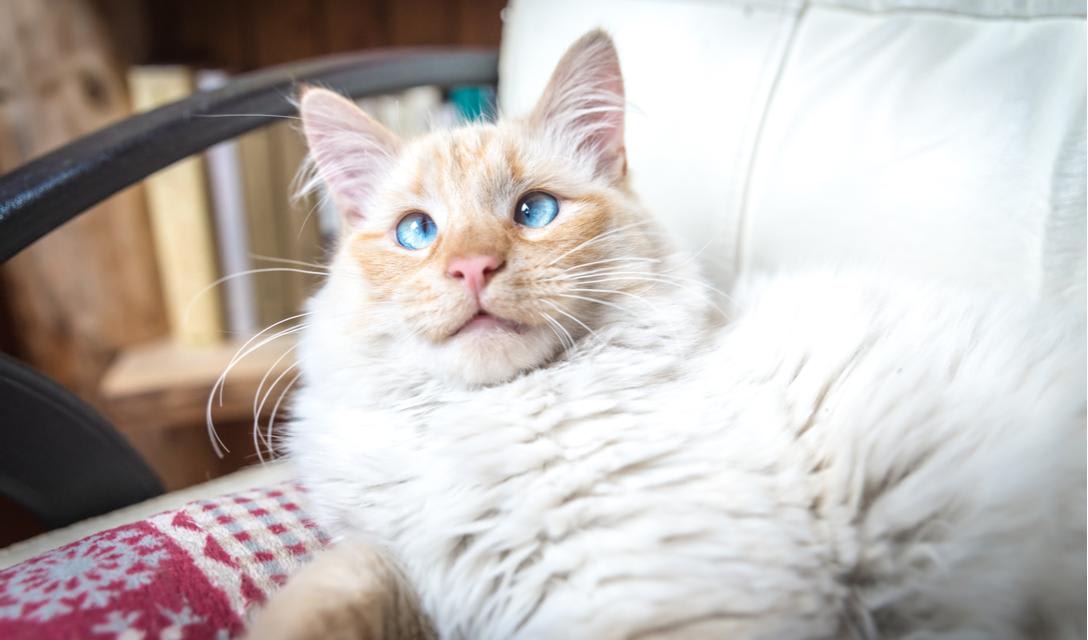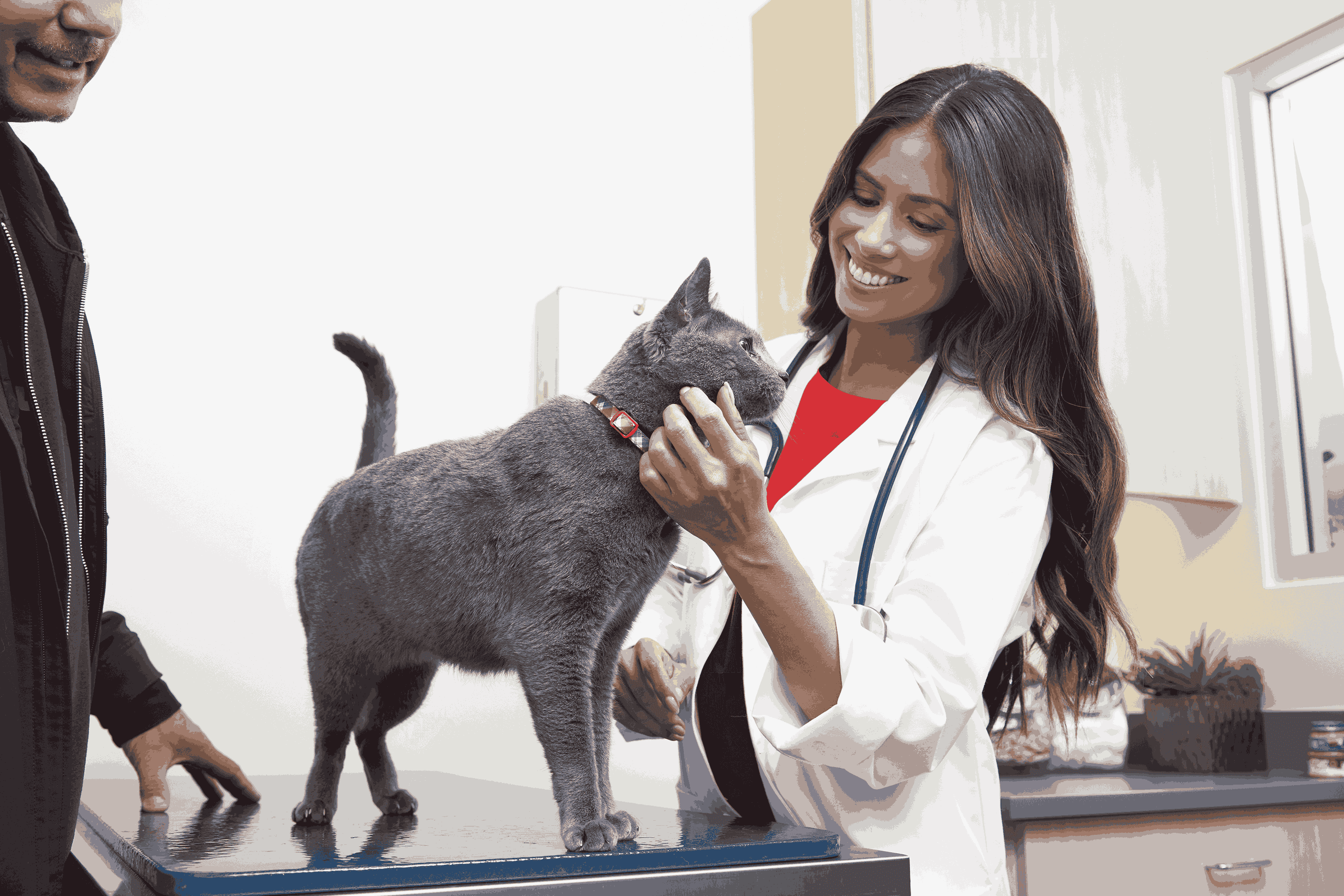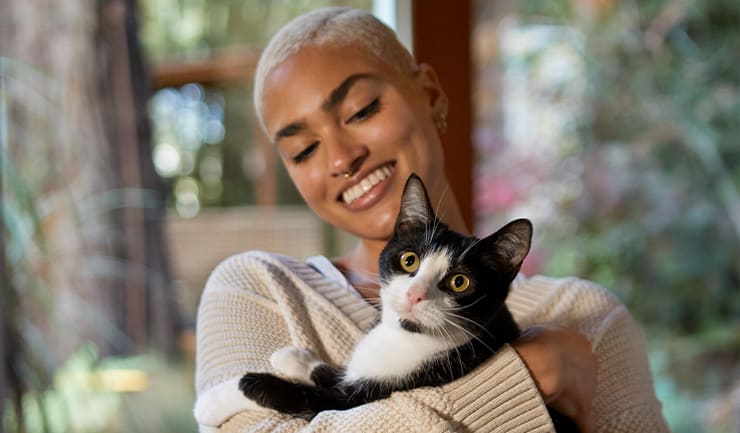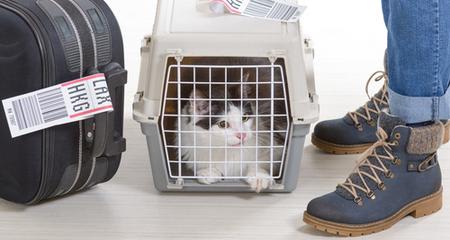Strabismus in Cats and Dogs
Cross-Eyed, Wall-Eyed


SUMMARY OF CONTENT
SEVERITY:
-
Requires a diagnosis by a veterinarian
-
Resolves within days to weeks in some cases
-
Treatable by a veterinarian
-
If it is inherited, the breeding of affected individuals is not recommended
-
Transmission is not possible between animals and not possible between animals and people
-
Diagnosis requires physical examination, CT scan
VERY COMMON IN
Symptoms & Signs
Strabismus is easily noticed by pet parents, especially when they occur suddenly due to injury or nerve issues. Strabismus may occur in one of both eyes. When the pet looks straight ahead, the eye or eyes deviate from midline. This can appear that the pet is cross eyed, or the eye or eyes can deviate to the outside as well. In some pets, like Siamese cats, strabismus is often mild and sometimes goes unnoticed until a closer look at the pets eyes is performed. In pets with injury or nerve damage, the deviated eye movement will often be very noticeable and pets may also exhibit dizziness at the same time. In Siamese cats, the eyeballs may deviate inwards towards the nose. This is called medial or convergent strabismus. It gives them their trademark "cross eyed" appearance. The opposite condition, in which the eyeballs deviate outward, away from the nose is called divergent strabismus. This is common in Boston Terriers and is inherited in this breed.
Diagnosis
Your veterinarian will begin with a physical examination. This includes examining the eyes. If your veterinarian confirms that strabismus is present, they will the perform diagnostic testing to establish the cause of the strabismus. This may include a sedated ear examination to look for signs of ear disease that could be causing nerve damage as well as CT imaging to visualize if there is anything compressing the nerves that control eye movement. Because there are several causes of strabismus in pets, your veterinarian may need to run other specific tests based on the findings on their physical examination.
Causation
Normally, the eyeball is held in place and moves from side to side and top to bottom under the influence of small muscles which attach directly to the eyeball. Occasionally one muscle may be longer or stronger than the muscle located on the opposite side. This causes the eyeball to veer off in an abnormal direction. One or both eyes may be affected. If both eyes deviate towards the nose, the pet is referred to as cross-eyed. Strabismus can also occur as a result of injury to some of the nerves going to the eye muscles. In addition, it may be seen if the dog has a disease of the vestibular system. The vestibular system is part of the ear and is what helps the dog (and us) keep our balance. If the vestibular system is not functioning normally, the dog may feel as though he is spinning, and his eyes will move abnormally to try to adjust to that.
Treatments
AT-HOME CARE
SUPPORTIVE CARE
MEDICATIONS
DEVICES
SURGERY
SPECIALISTS
Cost Of Treatment
The cost of treatment will depend on the underlying cause.
Recovery
Depending on the underlying cause, some pets can recover fully and have normal eye position after some time. If the condition is genetic, the strabismus will be present for the life of the animal.
Monitoring
Strabismus should be monitored if they occur suddenly and do not resolve with treatment.
Prevention
Pets affected with the acquired, or inherited, form should not be used in breeding programs.
Disclaimer
The information contained on this page is for educational purposes only. Treatment should only be provided under the advice of a veterinarian who has examined your pet under the laws applicable to your state of residence.
Questions about Strabismus

Two Easy Ways to Start Earning Rewards!
Become a member today!Members-only pricing and offers, personalized care notifications, Vital Care points back on every purchase and more!Become a credit card member today!
Earn 2X Pals Rewards points at Petco
when you use Petco Pay!APPLY NOWLearn More About Petco Pay Benefits






